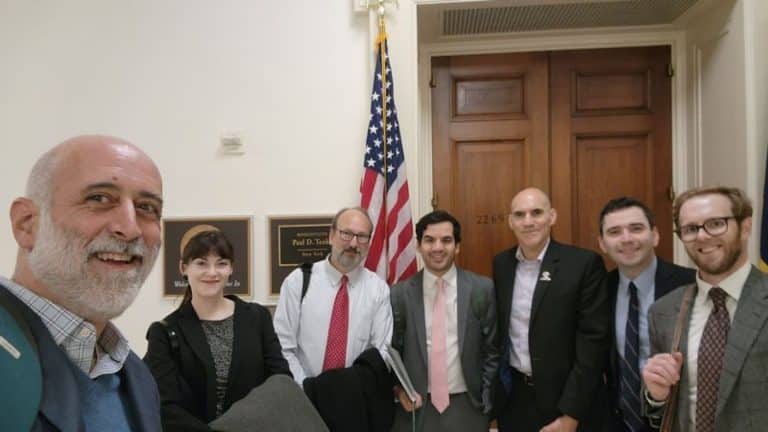Knoxville, Tenn. – The Tennessee Valley Authority (TVA) Board of Directors will meet at 10 AM ET today, and recent public comments made by its CEO, Jeff Lyash, about retiring five coal-fired fossil plants still in operation and aspirations to achieve net-zero carbon emissions by 2050 need to be addressed. The agency’s intentions fall far short of the Biden Administration’s goal of decarbonizing the nation’s electric grid by 2035, a timeframe recommended by scientists to avoid the worst impacts of climate change.
During an interview on WBIR’s “Inside Tennessee,” aired May 2, Lyash stated the agency aspires to be net-zero carbon by 2050, with an 80% reduction in carbon emissions by 2035. Lyash’s statements follow his comments during a virtual forum hosted on April 28 by the Atlantic Council’s Global Energy Center that TVA intends to retire five coal-fired fossil plants still in operation by 2035. While a step in the right direction, being coal-free is not equivalent to being carbon-free.
The Southern Alliance for Clean Energy’s (SACE) latest report shows TVA plans to build 1,500 MW of fossil gas capacity to be online by 2023. Intentions to retire the five remaining active coal plants with an 80% reduction in carbon emissions by 2035 and aspirations for net-zero carbon by 2050 are not only out of step with the Biden Administration, but also potentially improbable if the utility plans to continue to build out fossil gas plants. In fact, SACE’s recent analysis shows that according to TVA’s latest resource plans and announced projects, and taking into account TVA’s history and projected rate of decarbonization, TVA is not on track to fully decarbonize by 2050. Without announcing formal resource plans that greatly increase utilization of clean energy like solar, energy efficiency, and battery storage that can be analyzed through an integrated resource planning (IRP) process, there is no guarantee TVA will reach net-zero emissions even by 2050.
As the nation’s largest public power utility and as an extension of the Biden Administration, TVA has the ability and resources to lead by example and demonstrate the path to zero carbon by the Administration’s goal of 2035, not fifteen years later. Better yet, SACE has called on TVA to play a leading role by formally setting a target to be a carbon-free power system by 2030, ahead of the Administration’s 2035 goal.
Utility sector decarbonization is achievable through a federal Clean Electricity Standard with robust clean energy investments and justice-centered policies, according to a report by Evergreen Collaborative, “A Roadmap to 100% Clean Electricity by 2035.” TVA needs to immediately initiate and update its integrated resource plan (IRP) and begin the proper procedures to follow the National Environmental Policy Act (NEPA) in order to accelerate 100% decarbonization of their grid by 2035 at the latest — not partially at 80% by 2035 or 100% by 2050.
Dr. Stephen A. Smith, Executive Director of SACE, said, “As an extension of the Administration, TVA executive staff and Board leadership should embrace policies and goals in line with the Biden Administration to achieve a low-cost, highly reliable, carbon-free electricity grid by 2035. SACE believes that TVA could lead by example and reach the carbon-free goal by 2030 if they take the necessary action now. The current TVA CEO’s public statements are out of step with the Biden Administration’s goals. With accountable leadership, collaborative planning, and commitment, TVA has the opportunity to once again embrace the mission to be a “utility yardstick” of innovative environmental stewardship and job creation.”
Since 1985, the Southern Alliance for Clean Energy has worked to promote responsible and equitable energy choices to ensure clean, safe, and healthy communities throughout the Southeast. Learn more at www.cleanenergy.org.


